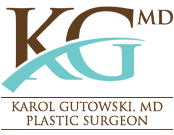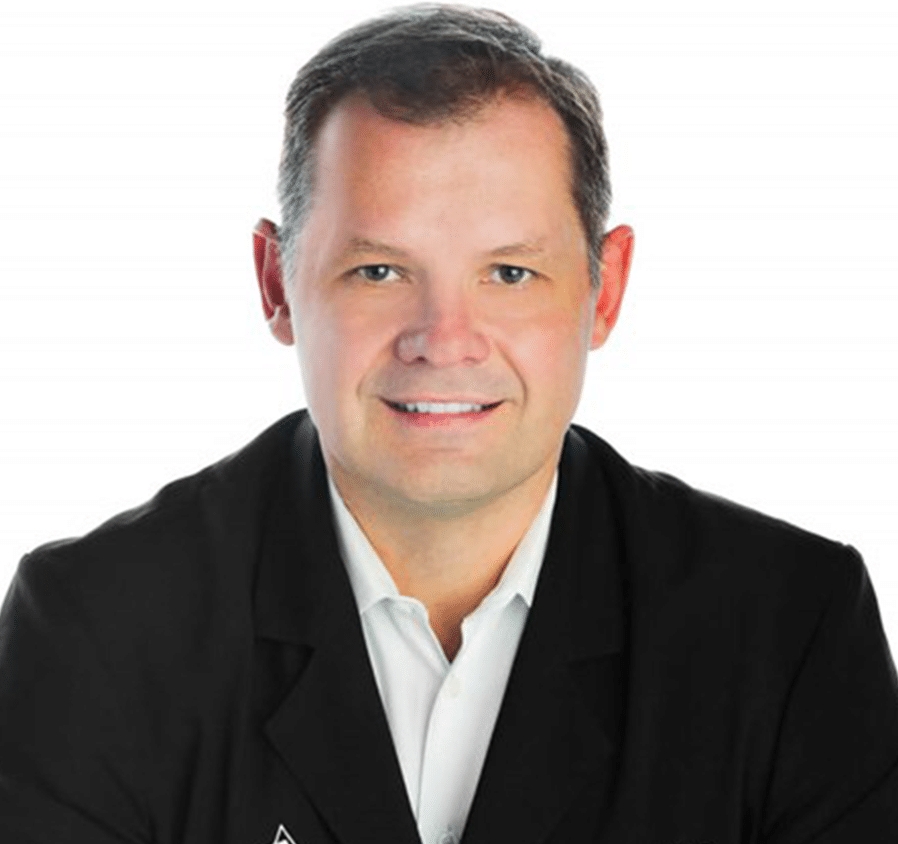Laser Skin Resurfacing – Chicago, IL
OVERVIEW
Laser skin resurfacing is an effective way in treating sun damaged and aged skin by using a laser’s heat to stimulate the growth of new skin. The heat creates a controlled wound that initiates the growth of new skin cells to replace the damaged skin. Our surgeons have experience in safely using multiple layers to remove skin layer by layer to treat a patient’s particular condition. Not only is unhealthy, unattractive skin removed, but laser technology also stimulates collagen production, which aids in firmer, more toned, younger-looking skin.
REVIEWS
Dr. Gutowski is a wonderful surgeon! He has made my quality of life so much better and I wouldn’t want to go to anyone but him to help me. I… read more am a lipedema and Dercum’s sufferer and have had several procedures with Dr. Gutowski. I have gone from a 4x size compression to an XL. I have had great outcomes from each surgery and after surgery if I had a question he was always able to contact and responded back right away. He has my total trust and respect and I never worried one time about the outcome. If I could give him ten stars I would!
Molly Shaw
08/28/2023
Dr. Gutowski just performed Lipedema Liposuction on me in July. The process was intimidating initially as my husband and I traveled from Wisconsin and knew it would be multiple trips… read more and hotel stays away from our four children. I am beyond grateful to Dr. Gutowski, Ellen, and the entire Freshmed Spa staff for the professional and caring way they guided us through this process. I knew I was in the hands of a surgeon who cared about really helping me heal. Dr. Gutowski has a very kind and patient bedside manner. The surgery went well and I am excited to see what my future now looks like. I finally can walk, swim and be active with my four kids and three dogs! I feel like I now have a second chance at living! After years of suffering and pain and prayers…..I feel beyond grateful.
Kirsten Lemus
08/28/2023
Dr. Gutowski is an excellent plastic surgeon who has performed three major surgeries on me. I trust him completely. He is realistic when outlining risks as well as expectations for… read more outcomes. He follows up often and is available via text for any questions. He has my highest recommendation.
J Reynolds
07/28/2023
PROCEDURE TECHNIQUE
Laser skin resurfacing uses controlled light beams with high intensity to vaporize and remove the upper layer of the skin. When the damaged, superficial skin is removed, it gives way for new skin to grow, which masks the face with a new layer of epidermis. Any pain during the procedure is managed with local anesthesia and/or sedatives to help the patient relax. The eyes will also be protected since lasers can be harmful to the patient’s vision. Laser skin resurfacing’s advanced technology allows accurate targeting of smaller areas so the surrounding skin is not affected. A session may take up to 2 hours depending on the patient’s skin conditions.
ABLATION VS. NON-ABLATION
Laser skin resurfacing may be aggressive, depending on the patient’s aesthetic goals. Different amounts of the epidermis are removed with ablative CO2. Different amounts of the epidermis are removed with ablative CO2. The more aggressive the treatment, the deeper the laser penetrates and the longer the recovery. Recovery with this technique may take up to 3 weeks. The lighter treatment, or non-ablative laser, does not remove any skin. It stimulates deeper layers of the skin to initiate an increased growth of collagen. With this treatment, there will be no downtime for the patient. Both techniques help the skin regenerate. As new layers of skin are developed, skin problems such as wrinkles, mild scars and discoloration are minimized.
TECHNICAL VARIATIONS
There are two types of laser skin resurfacing: the CO2 and Erbium lasers. CO2 is the most popular type in this procedure. It is an ablative method which creates a wound in the epidermis to give way for new skin growth and improve collagen development. The intensity of the laser beams with CO2 is high. Erbium lasers are used in a similar way with comparable results. Depending on the patient’s skin condition and aesthetic goals, the doctor will recommend the laser that is more suitable for the patient to render better results.
DURING/AFTER THE PROCEDURE
Laser resurfacing is an outpatient procedure. There may be pain during treatment, so local anesthesia can be used to minimize the patient’s discomfort. The doctor may also prescribe the patient a pain reliever after the procedure. The face may be bandaged after treatment. Since the epidermis is peeled away, the skin may appear red for several weeks. As it heals, crusting may be present. It is very important to follow the doctor’s advice on skin care to prevent any scarring. It may take a few days before the patient can resume normal activities. It may also be beneficial to use an extra pillow when sleeping to ease any discomfort.
LASER SKIN RESURFACING FAQS
NEGATIVE EFFECTS ON SKIN?
There are risks of unwanted side effects with any procedure. Ablative lasers are generally considered safe and have minimal risks. Our team will review all the risks and benefits with you prior to your procedure. In addition, we recommend specific skin preparation before and after the laser treatment in order to minimize risks and maximize results. It is critical to find a reputable doctor or technician with comprehensive experience with laser skin treatments. It’s important for the surgeon to understand different technologies affect different skin types. When done correctly, the result is a long-lasting healthy skin effective in combating signs of aging and skin damage.
LONG TERM?
Aside from the natural effects of aging, personal habits and environmental factors, results can be long lasting. Maintenance treatments may be considered as signs of aging get more and more significant over time.
ABLATIVE OR NON-ABLATIVE?
It depends mainly on the patient’s skin condition and cosmetic goals. Another factor to consider is how quick the recovery period should be or if there should be no downtime for the patient. The doctor will discuss each treatment in detail and recommend the best approach that matches the patient’s circumstances.
RELATED PROCEDURES
[xyz-ips snippet=”NonSurgical-Procedures”]










